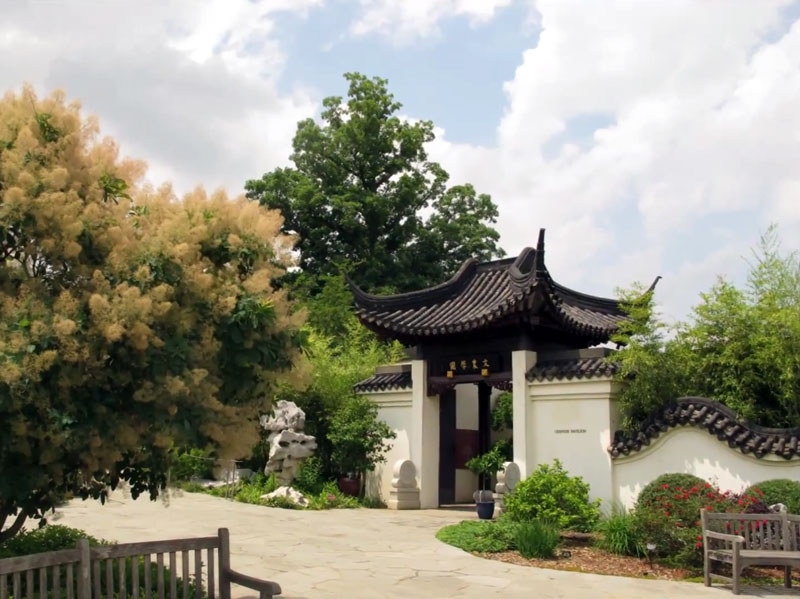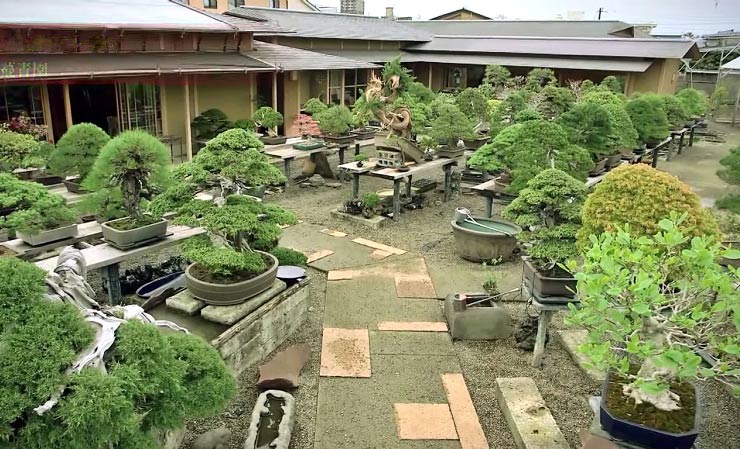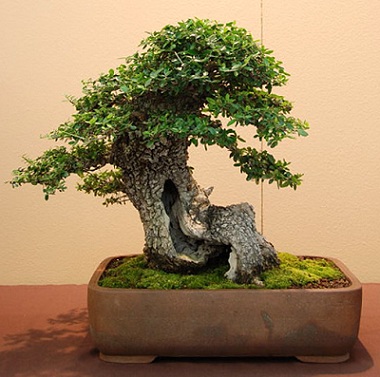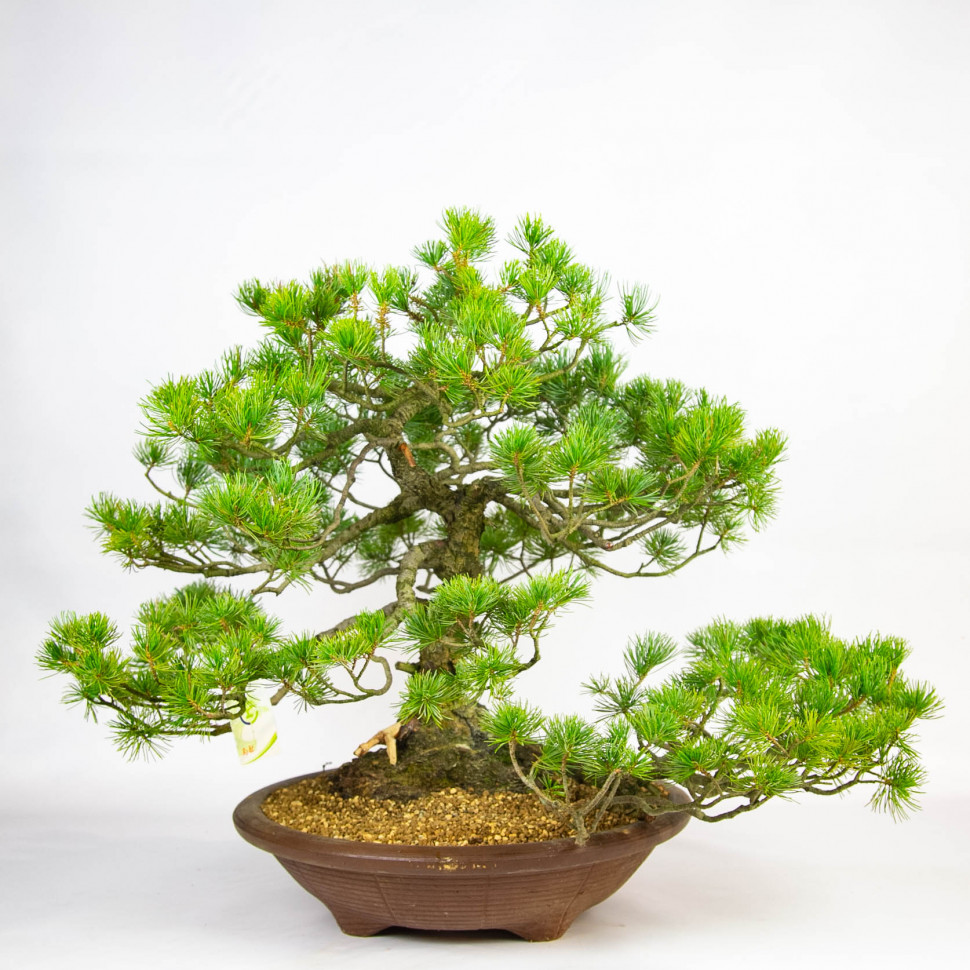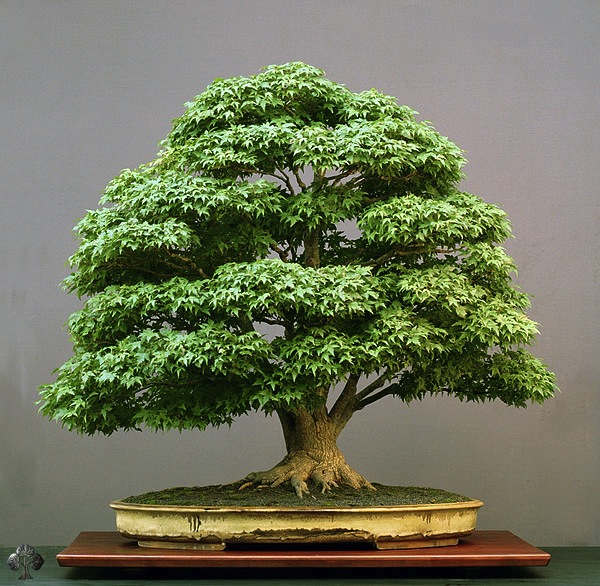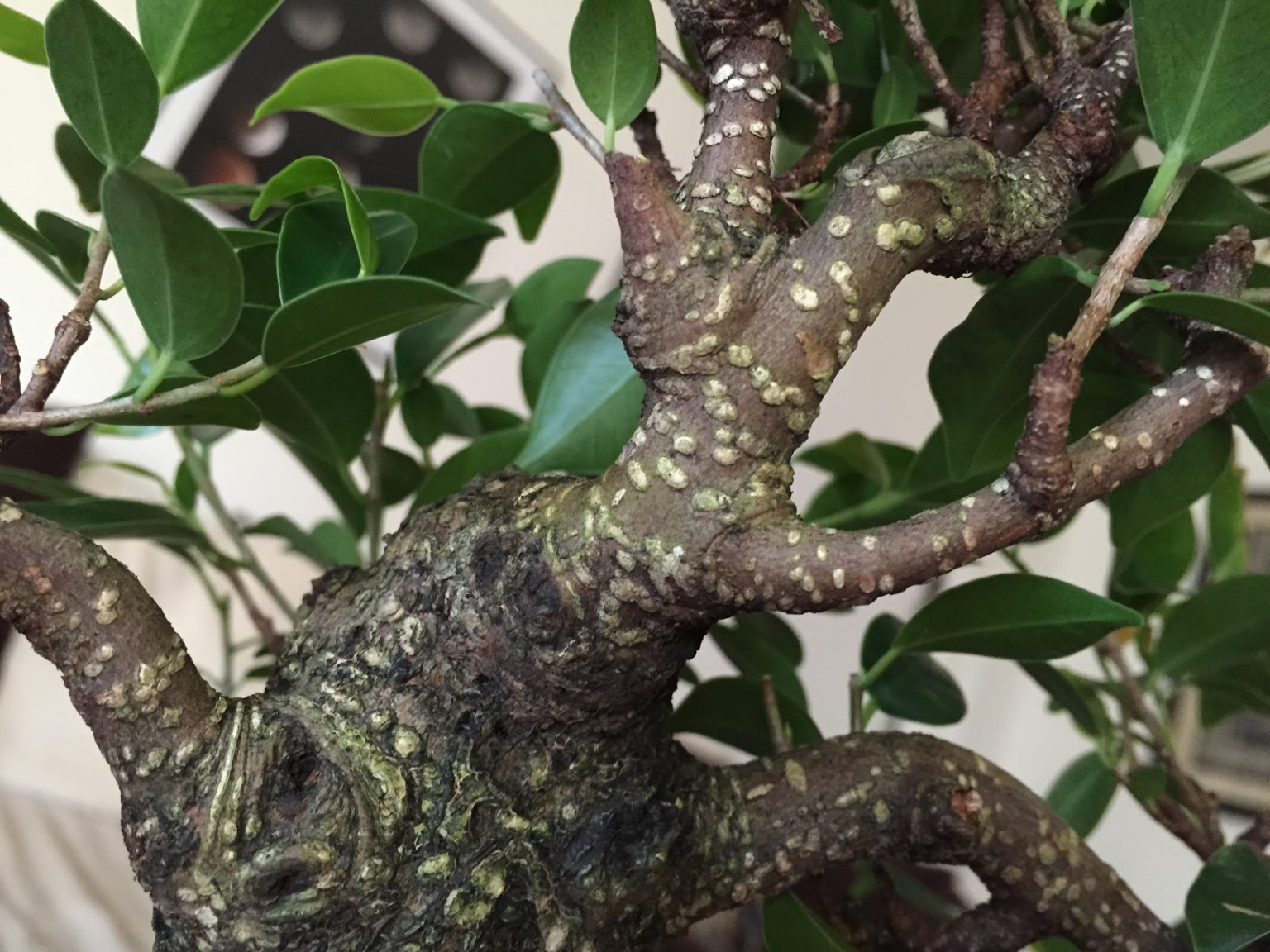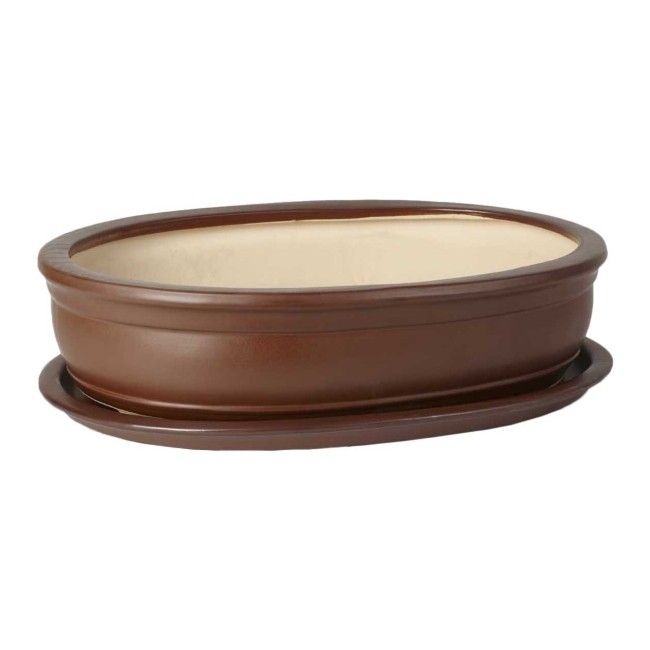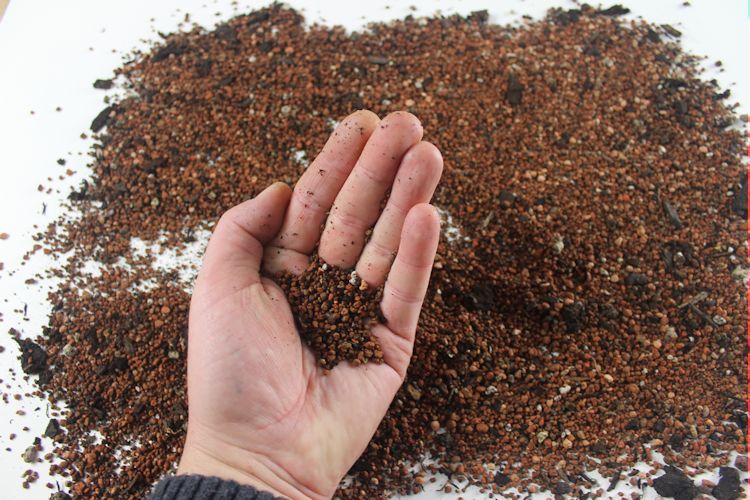Elm small-leaved is most often found in East and South Asia. It is also called Chinese Elm, but this name has no basis, there is no such species!
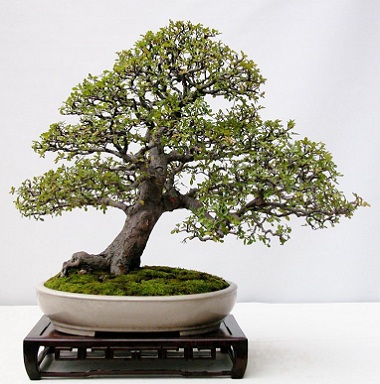
Due to its relatively fast growth, elm is very suitable forbonsai formations, for both beginners and experienced craftsmen. The leaves are elliptical, smooth, shiny and small, which is convenient for growing and shaping bonsai. In a warm climate, the elm does not shed its leaves, in a colder region it falls off. Due to its tolerance to shaping,pruningand its appearance, the Elm small-leaved is very popular among bonsai lovers.
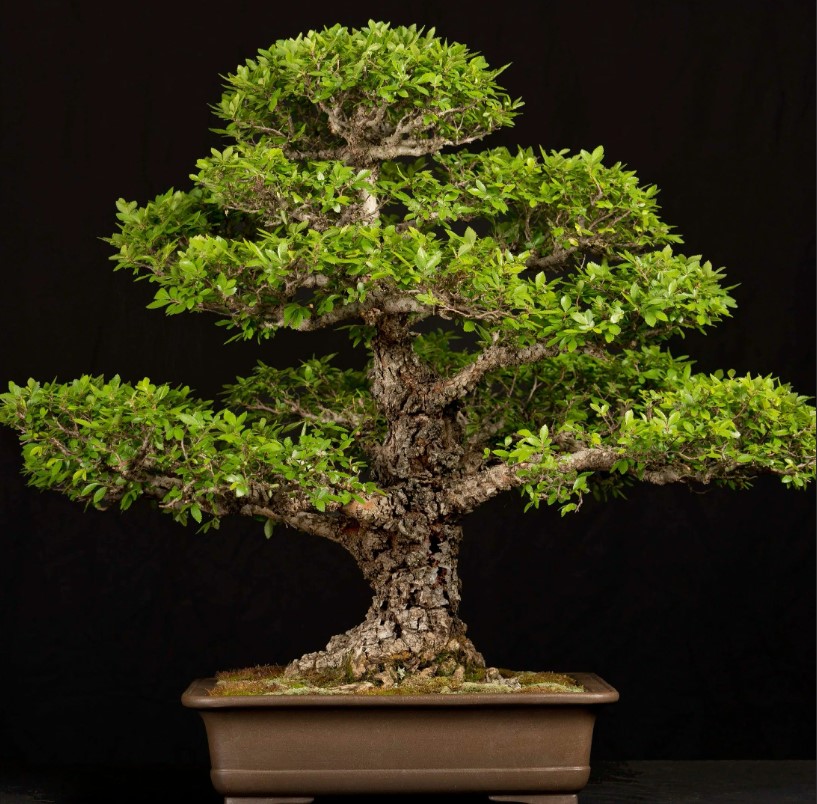
Soil:
Acidic, porous soil with high organic content. Use a 1:1 mixture of compost and sand.
Lighting:
Tolerates partial shade well, but for the development of a dense crownposition your bonsaiin a sunny place.
Temperature:
It tolerates summer heat and direct sunlight well. In winter, it is advisable to keep the Elm at a temperature of 6-7° C, although it can also tolerate 18-20° C. If the temperature does not fall below 5° C throughout the year, the Elm behaves as an evergreen plant.
Watering:
During the period of active development, water abundantly, after pruning, the Elm should be watered much less often. In winter, moisten the soil as it dries. Make sure that the soil is always evenly moist.
Top dressing:
In spring and summer they are fed with organicfertilizers for bonsaionce a month. Maple is not fertilized in winter. The color of autumn foliage depends on the correct fertilization.
Formation:
Elm can be formed in almost any form. It is preferable to form with wire, but be careful, when it grows into the bark, it is extremely difficult to remove the scars. The best time forapplication of wire and stretch marks— from November to March, then leave them for a year. From the beginning of the year until April, thin out the crown. For the best results, trim the leaves once every 2-3 years.
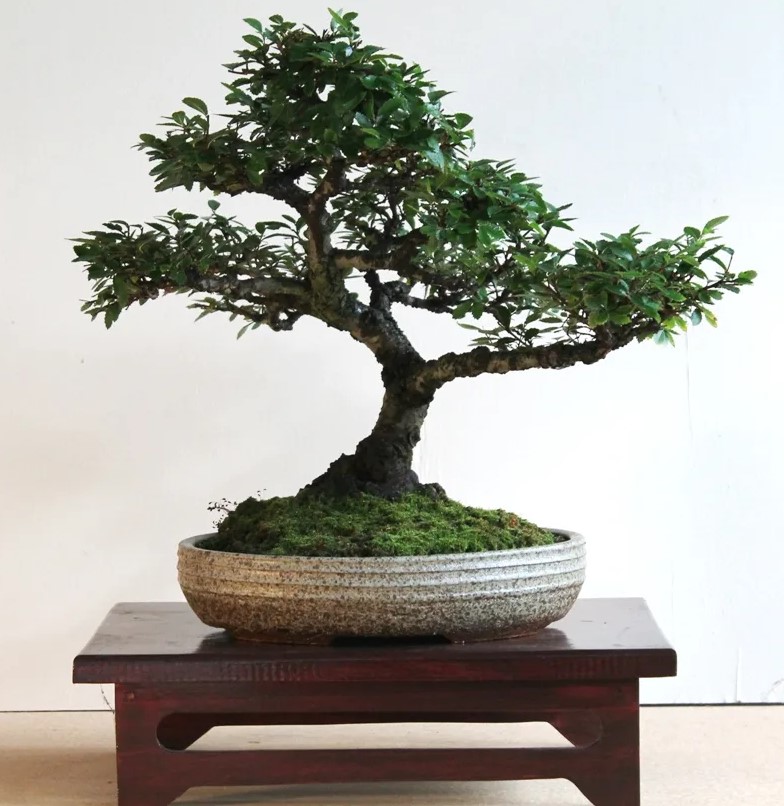
For fine branching, prune the young plant more often. To obtain a healthy, dense crown, thin it out periodically to improve ventilation and access to light.
Purchasing a plant:
Elm bonsai can be purchased in a specialized store. Natural samples are taken from March to April, and pruning is carried out. The plant is goodpropagated by cuttings, from which you can grow a beautiful specimen in just a few years.
Pests and diseases:
Elm is under attackbark beetle, if it is not promptly destroyed, then the larvae may multiply, in which case it is very difficult to control the spread of pests. Great harm is caused by a fungus - graphiosis, which can destroy a tree within a few weeks.
Also, caterpillars of various species can harm the Elm. To combat them, use a special insecticide.
Leaf curl and rust are unusual fungal diseases for Elm. To combat this disease, use a special fungicide, while removing the affected parts to prevent the spread of the disease.

